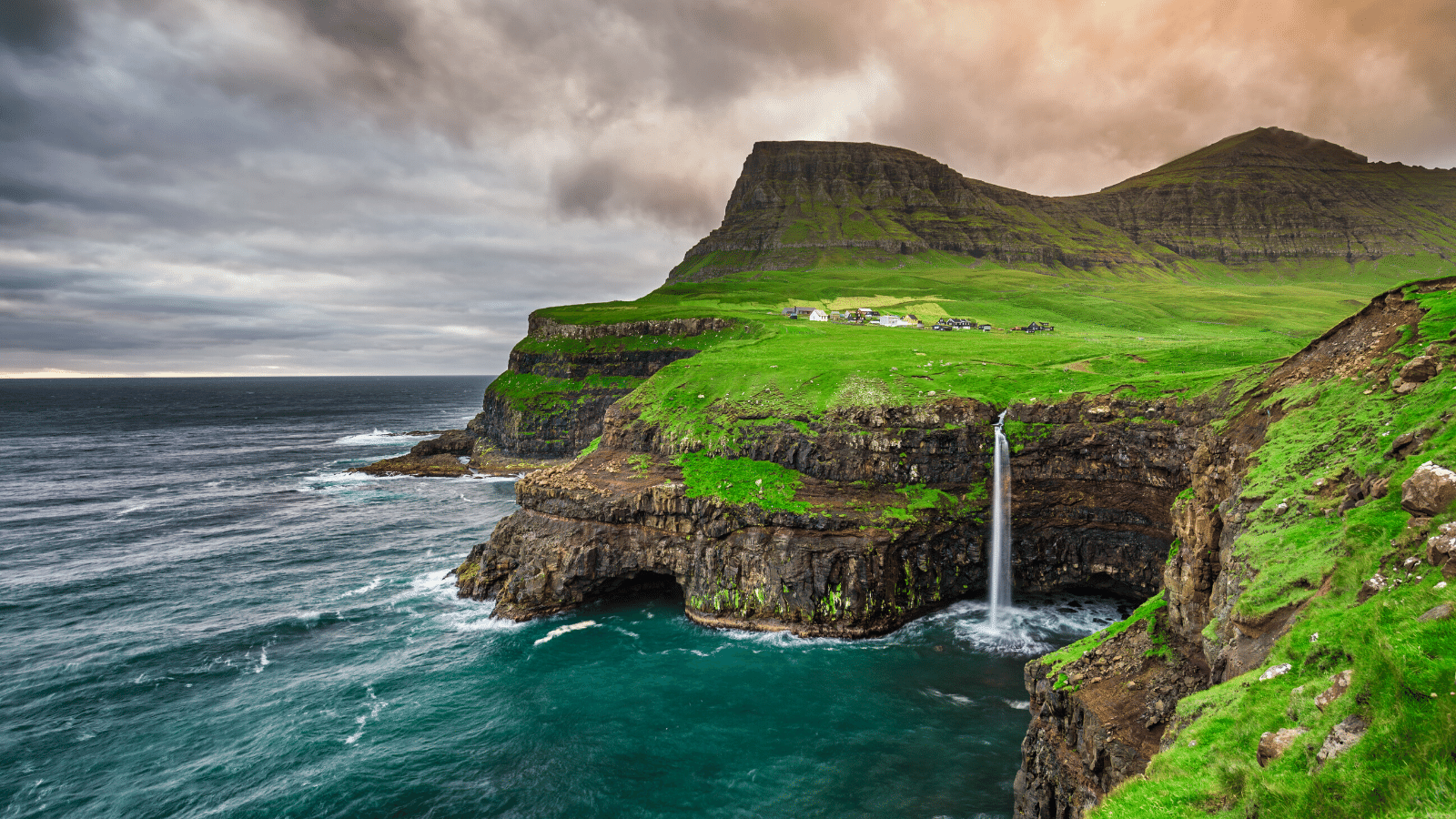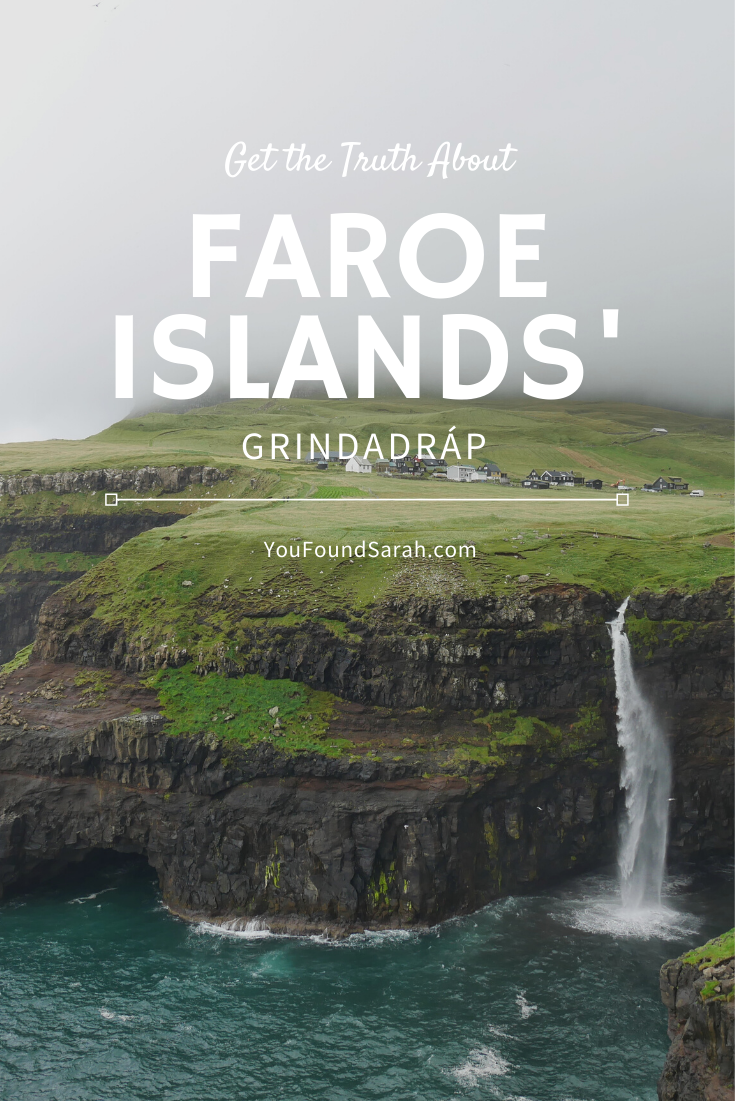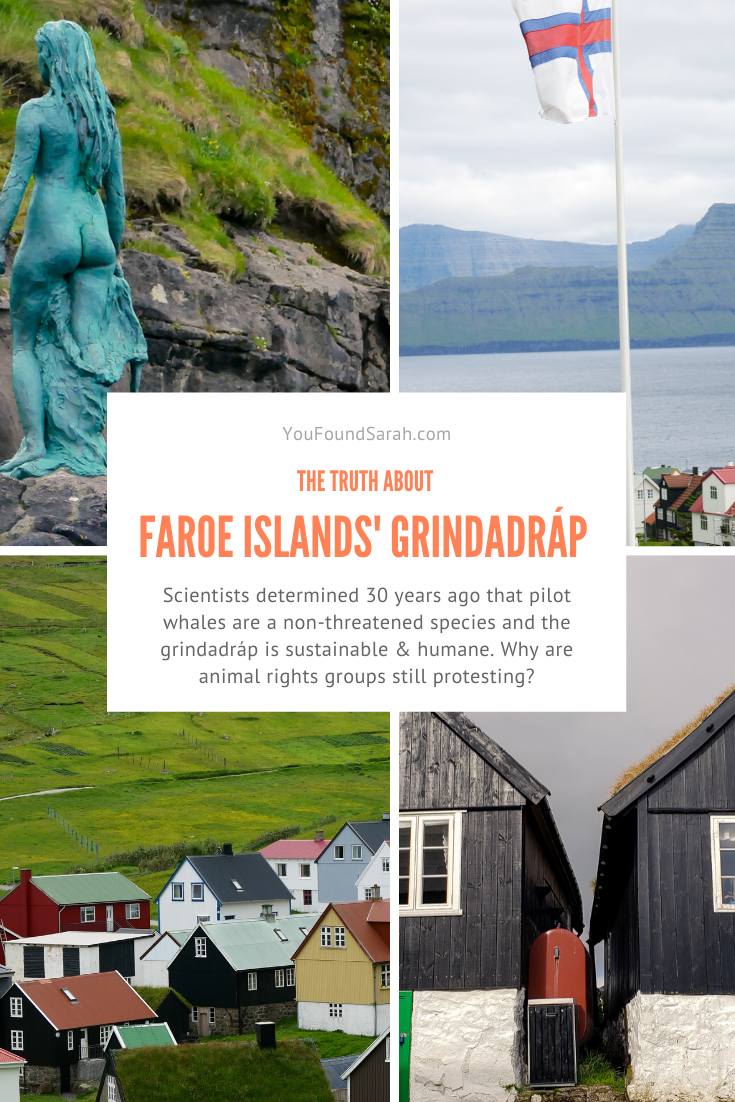IT’S ALL WHAT YOU’RE USED TO
Pilot whales swim freely in open oceans every day and, because of this, their lives are spent in far better conditions than any cow, chicken, or pig we buy in a grocery store. Many of these farmed animals never see the light of day before they are killed en masse on a slaughterhouse floor.
I actually saw one comment on an image of the grind that said “Why do they have to kill animals? Why can’t they just buy their meat from the grocery store?”
From people who have never participated in or witnessed the slaughter of the animals they consume, these images obviously cause strong emotions. And while a bay stained red is stirring, so is that slaughterhouse floor.
How lucky are we to be so separated from our protein source?
How lucky are we to be able to sit back with our stocked fridges and our full bellies and judge what others eat?








No Comments